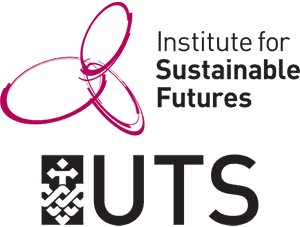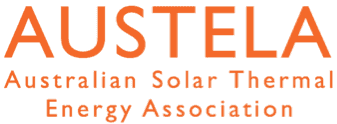All maps may be downloaded as google earth maps or spreadsheet information.
Map Series 1a: Annual Deferral Value (DANCE Maps) - notes
This map shows the effective cost of addressing constraints through the preferred network solutions. There is a time slider at the top; as you slide it through years it shows how the potentially avoidable value changes. Clicking on constrained areas will bring up a range of additional information (see below for key).
This annual value is an upper bound to the amount that could be spent on non-network options to alleviate a constraint. If less than this upper bound is spent addressing the constraint using non-network options such as CSP, then overall the cost to networks and consumers is lower. This does not necessarily reflect the value that networks are willing to pay for network support services, as this risk management equation is complex.
Areas in yellow are those with no deferral value. Areas in light orange are those with limited deferral value that is less than the average cost of network service provision (approximately $200-250/kVA/year). Marginal deferral values are high in the red to purple areas ($400-1000+/kVA/yr), which are the areas where CSP or other Demand Management can be highly attractive.
Using the time slider, note that by 2022 many of the deferral opportunities are shown to have disappeared. This is because the investment planned for many of those regions has been spent, eliminating the possibility of deferral. What these images do not show, however, is that wherever demand continues to grow, there would be new network investments appearing each year with updated network planning reports. Given that we do not yet know where these are going to be, they cannot be mapped and thus the annual marginal deferral value shows far less opportunities in 2022 than in 2012.
Key to detailed information (click on constraint area to show)
- Short name = the shorthand code for the network asset.
- Asset type = indicates whether the asset is a Zone Substation (ZS), subtransmission line or loop (Stli) or Transmission Terminal Station (TS).
- Network = name of the network service provider which owns the asset.
- Annual Deferral Value = the maximum value to the network of deferring the construction of the network asset for a particular year.
- Potential NPV of avoided costs = the Net Present Value at a particular year of the Annual Deferral Value if paid as a Network Support Payment for a period of 10 years. This equates to the maximum capital cost offset for a CSP plant.
- Investment year = the commissioning year for planned network augmentation.
- Capacity shortfall (investyr) = the capacity shortfall in the year that the network asset would be commissioned.
- Capacity shortfall (worstyr) = the largest capacity shortfall in the 10 year period after the network asset commissioning year. This equates to the minimum CSP plant capacity required to avoid the network investment.
- Maximum potential for new generator = Approximate maximum size of generator that could be connected to the network at this location.
- Constraint season = the primary season of constraint driving network investment (summer, winter or both). Investment in = indicates whether the money is being spent at the ZS, TS or Stli.
- Type of constraint = indicates whether the constraint is caused by growth, voltage support, or a change in security of supply licence requirements.
- Notes = additional information on the proposed investment.
Note that if a particular zone is selected, the user will need to move the time slider bar and then reselect the zone to see new information that is embedded within the layer for the year of interest.

